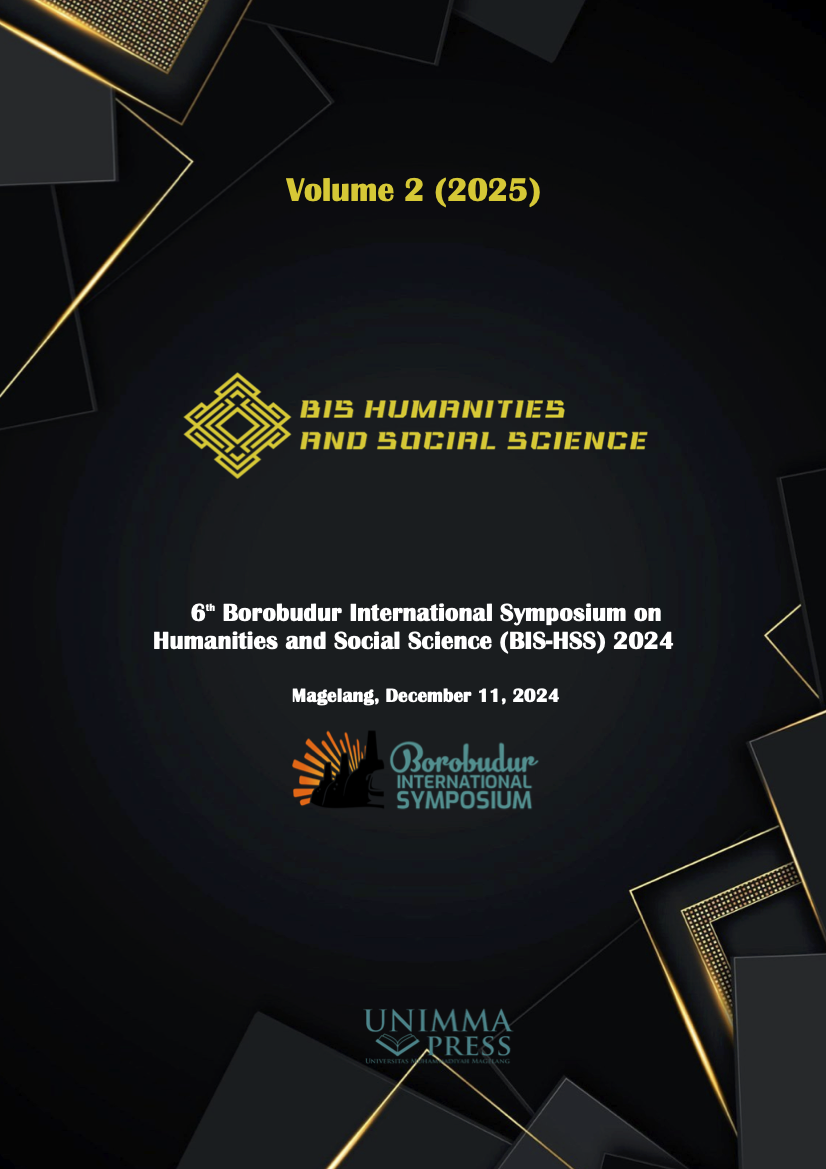Key factors in tourism infrastructure development in the era of high demand
Keywords:
Tourism infrastructure, Environmental sustainability, Socio-economy, Tourism demand, Regression analysisAbstract
The development of tourism service infrastructure plays a crucial role in supporting a sustainable tourism sector. Various factors such as land and port infrastructure, environmental sustainability, socioeconomic conditions, and the impact of tourism demand can affect the quality and effectiveness of this infrastructure. This study aims to identify and analyze the influence of these factors on tourism service infrastructure. Using multiple linear regression analysis, the research examined quantitative data to measure the relationship between independent variables (land and port infrastructure, environmental sustainability, socioeconomic conditions, and the impact of tourism demand) and the dependent variable, namely tourism service infrastructure. The results indicate that land and port infrastructure (β=0.326; p=0.005), socioeconomic conditions (β=0.474; p=0.000), and the impact of tourism demand (β=0.339; p=0.003) have a significant positive influence, while environmental sustainability exhibits a significant negative influence (β=-0.225; p=0.034). These findings emphasize the need for policymakers and stakeholders to integrate strategies that balance social, economic, and environmental factors to enhance sustainable tourism infrastructure. Practical measures such as improving port connectivity, fostering socioeconomic development, and managing tourism demand more effectively can significantly contribute to strengthening the infrastructure and ensuring long-term sustainability.
References
[1] E. Maylinda and S. Sudarmono, “Pembangunan Pariwisata Berkelanjutan Di Desa Adat Osing Kabupaten Banyuwangi,” Jurnal Environmental Science, vol. 4, no. 1, 2021, doi: 10.35580/jes.v4i1.20452.
[2] N. Nasrul, A. Amal, and D. Qaiyimah, “Kajian Kualitas Fisik Dan Kimia Air Sungai Gentung Kabupaten Pangkajene Dan Kepulauan,” Jurnal Environmental Science, vol. 6, no. 2, Apr. 2024, doi: 10.35580/jes.v6i2.60637.
[3] Nur Fitriah Afianti and Lies Indah Sutiknowati, “Kondisi Pencemaran Lingkungan Berdasarkan Parameter Mikrobiologis di Sekitar Muara Sungai Cimandiri, Teluk Pelabuhan Ratu, Jawa Barat,” Majalah Ilimah Biologi Biosfera, vol. 37, no. 3, 2020.
[4] T. Shyuji, T. F. T. Anuar, and A. Datoem, “Heritage Value, Sustainability, And Commercialisation Of Smoked Clam (Etak Salai) In Kelantan, Malaysia,” Kajian Malaysia, vol. 40, no. 2, 2022, doi: 10.21315/km2022.40.2.4.
[5] Yoseph Payong Masan et al., “Indeks Pembangunan Kepariwisataan Nasional 2022,” Kementerian Pariwisata dan Ekonomi Kreatif/ Badan Pariwisata dan Ekonomi Kreatif Republik Indonesia, vol. 1, 2023.
[6] M. Mustajadli and J. Junriana, “Rencana Aksi Badan Pengelola Kawasan Geopark Kabupaten Natuna Dalam Pengembangan Pariwisata Menuju Unesco Global Geopark (UGGp),” Governance, vol. 11, no. 1, 2023, doi: 10.33558/governance.v11i1.5894.
[7] H. Mustafa, B. Omar, and S. N. S. Mukhiar, “Measuring destination competitiveness: an importance-performance analysis (IPA) of six top island destinations in South East Asia,” Asia Pacific Journal of Tourism Research, vol. 25, no. 3, 2020, doi: 10.1080/10941665.2019.1687534.
Downloads
Published
Conference Proceedings Volume
Section
License

This work is licensed under a Creative Commons Attribution-NonCommercial 4.0 International License.

